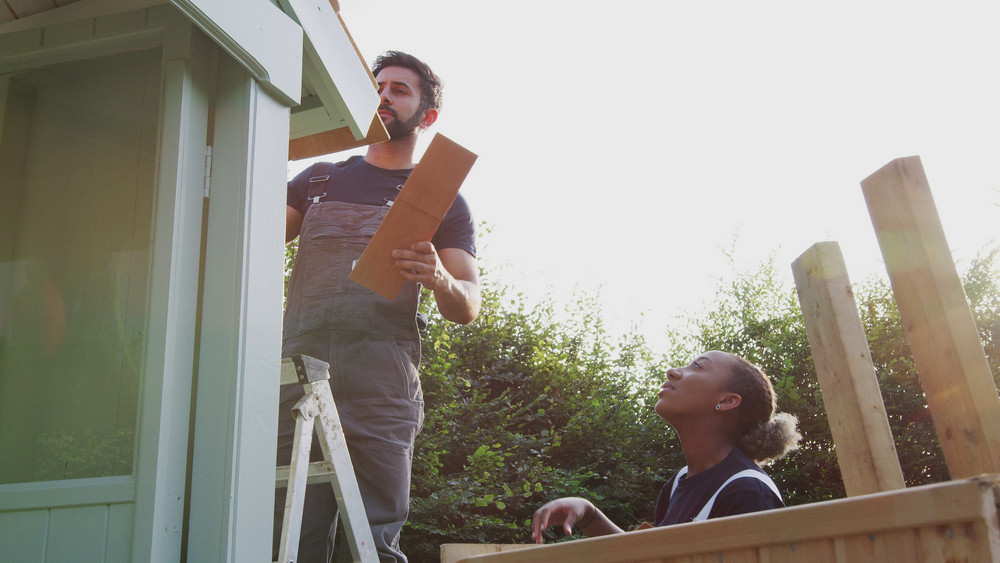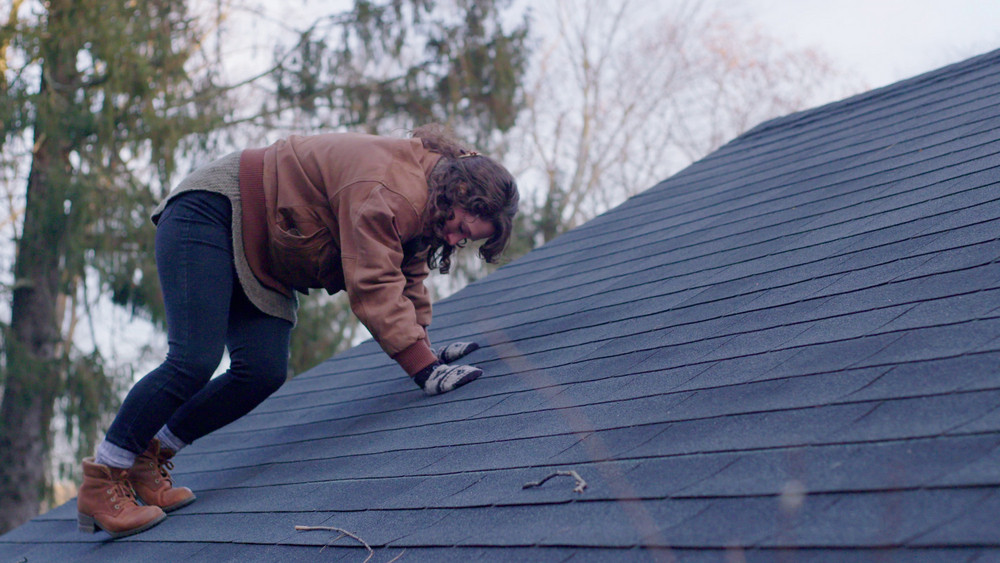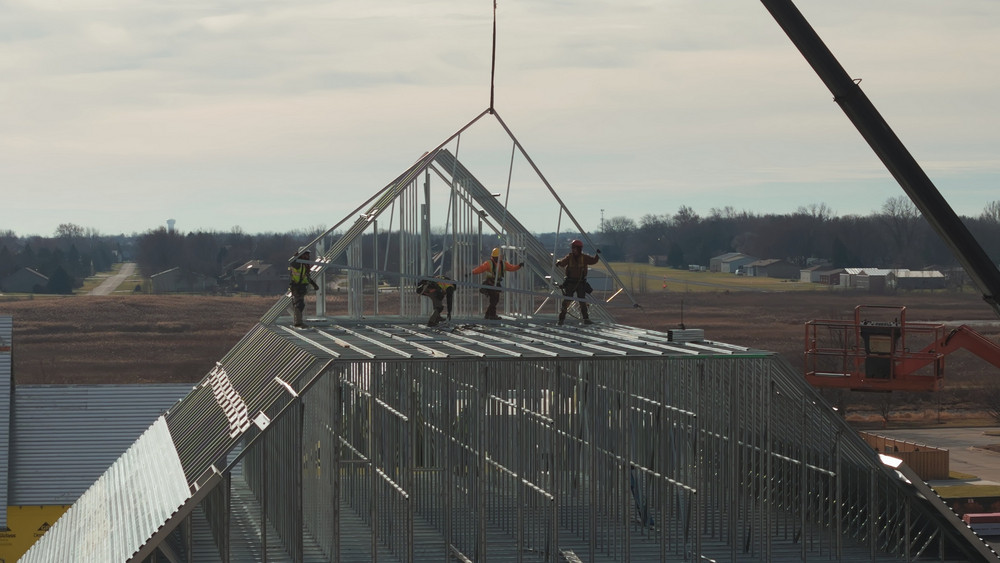
Highlights
- Routine roof maintenance prevents costly damage and extends the system’s functional lifespan.
- Key tasks include cleaning gutters, inspecting flashing, removing debris, and checking for leaks or storm damage.
- Professional inspections twice a year can identify hidden issues early before they worsen.
- Preventive maintenance improves energy efficiency, curb appeal, and home safety.
- Consistent care and documentation help maintain warranty coverage and property value.
Why Roof Maintenance Matters
A roof is one of the most important components of any home or commercial building, yet it’s often neglected until problems appear. Regular maintenance is essential for preserving roof integrity, preventing leaks, and extending overall lifespan. Roofs face constant exposure to weather, ultraviolet radiation, and debris, all of which can degrade materials over time. A proactive maintenance plan helps detect minor issues before they evolve into costly structural damage. According to the Air Force Institute of Technology (AFIT), implementing a preventive roof maintenance program can substantially reduce maintenance costs and extend the useful service life of roof systems.
Routine Inspections for Early Detection
One of the most effective maintenance practices is scheduling professional inspections at least twice a year—typically in spring and fall. These inspections help identify cracked shingles, loose flashing, clogged gutters, and other early warning signs of wear. Inspectors also look for uneven surfaces, sagging sections, or ponding water that may indicate structural issues. After extreme weather events, additional spot checks are advisable to detect storm-related damage. Homeowners can supplement these inspections with visual checks from the ground or attic. Early detection allows for timely repairs, preserving both the roof’s function and the building’s safety.
Keeping Gutters and Downspouts Clean
Clogged gutters are one of the leading causes of roof damage. When leaves, twigs, or debris block drainage paths, water backs up under shingles and fascia boards, causing rot and mold growth. Regular gutter cleaning—ideally twice a year—prevents these issues and ensures rainwater flows safely away from the roof and foundation. Installing gutter guards can reduce buildup and minimize maintenance frequency. Downspouts should also be inspected to confirm that water discharges at least several feet from the home’s base, preventing soil erosion and basement leaks. These small but vital steps protect both roof structure and interior spaces.
Removing Debris and Organic Growth
Leaves, pine needles, and other debris that accumulate on the roof surface trap moisture and accelerate material deterioration. Over time, this buildup can lead to algae, moss, and lichen growth that compromise shingle granules and reduce UV protection. Using a gentle air blower or a soft-bristled brush to remove debris helps maintain the roof’s performance without causing surface damage. In shaded or humid regions, applying an environmentally safe moss and algae treatment can prevent regrowth. Regular cleaning not only improves appearance but also promotes proper water runoff and extends the life of the roof covering.
Inspecting and Repairing Flashing
Flashing—typically made of metal or rubber—seals joints around chimneys, vents, skylights, and valleys where leaks are most likely to occur. Over time, flashing can corrode, loosen, or crack due to temperature fluctuations and movement. During maintenance checks, homeowners or contractors should examine flashing for gaps or signs of rust and reseal or replace sections as needed. Properly functioning flashing directs water away from vulnerable seams, preventing moisture intrusion that could damage insulation and framing. Maintaining flashing integrity is one of the most cost-effective ways to prevent interior water damage and premature roof failure.
Checking for Ventilation and Insulation Issues
Roof ventilation and attic insulation directly affect both performance and longevity. Poor airflow can trap heat and moisture under the roof deck, leading to warping, mold growth, and shingle deterioration. In cold climates, inadequate ventilation also contributes to ice dam formation along eaves. Routine maintenance should include verifying that soffit and ridge vents are unobstructed and functioning properly. Attic insulation should be checked for dampness or compression, as this reduces energy efficiency and accelerates roof aging. Balanced insulation and ventilation systems help maintain a stable environment that minimizes thermal stress on the roof structure.
Identifying and Repairing Leaks Promptly
Even small leaks can cause significant structural and cosmetic damage if ignored. Signs of leakage include water stains on ceilings, musty odors, or damp insulation. Maintenance inspections should trace leaks to their source, which is often displaced shingles, damaged flashing, or compromised underlayment. Using roofing sealant or replacing affected sections immediately prevents escalation and mold formation. For flat roofs, standing water should be eliminated by improving drainage or adding protective coatings. Addressing leaks promptly saves thousands of dollars in potential repairs and helps sustain the roof’s full service life.
Maintaining Sealants and Coatings
Sealants and roof coatings provide additional waterproofing protection and reflectivity, especially for low-slope or commercial roofs. However, these coatings can degrade over time due to UV exposure and weathering. Regular inspections should assess coating thickness, elasticity, and adhesion. Reapplying coatings every few years can restore performance and extend the lifespan of the underlying materials. Reflective coatings also improve energy efficiency by reducing surface temperatures during summer months. For asphalt shingle roofs, applying manufacturer-approved sealants to vulnerable edges and penetrations reinforces waterproofing and adds years of protection against environmental stress.
Managing Tree Growth Near the Roof
Overhanging tree branches pose a major risk to roof longevity. During storms or high winds, limbs can scrape or puncture shingles, while falling debris contributes to clogged gutters and moisture buildup. Trimming branches back at least six to ten feet from the roof reduces these risks and minimizes shade-related moss growth. Tree maintenance also deters rodents and birds from nesting near roof edges, preventing pest-related damage. Periodic trimming by a certified arborist ensures that nearby trees remain healthy while keeping the roof safe from physical wear and biological intrusion.
Scheduling Professional Roof Maintenance
While homeowners can perform basic cleaning and visual checks, professional maintenance provides a deeper level of care. Roofing experts use specialized equipment to detect hidden leaks, weak spots, or areas of trapped moisture that aren’t visible from the surface. Many offer maintenance packages that include detailed documentation—essential for warranty compliance. Partnering with a qualified roofing professional ensures every component remains in optimal condition.
Documenting Maintenance for Warranty Protection
Most roofing manufacturers require documented maintenance to keep warranties valid. Failing to maintain or record upkeep may void coverage, leaving homeowners responsible for future repairs. Keeping a maintenance log that includes inspection dates, repair receipts, and before-and-after photos is a simple but critical step. This record provides proof of proper care and can increase property value during resale. For commercial buildings, digital asset management systems can store maintenance history and generate compliance reports automatically. Consistent documentation safeguards investments and simplifies future warranty or insurance claims.
Proactive Care for Lasting Roof Performance
The most effective way to extend a roof’s lifespan is through consistent, proactive maintenance. Simple actions—like cleaning gutters, trimming trees, inspecting flashing, and scheduling professional evaluations—prevent minor issues from becoming major repairs. Beyond protecting against leaks, regular upkeep enhances energy efficiency, preserves curb appeal, and maintains structural integrity. Whether residential or commercial, every roof benefits from a well-planned maintenance routine. By investing a little time and attention each year, homeowners can gain decades of reliable performance and peace of mind knowing their property remains secure and protected.
Future Outlook for Circular Roofing Systems
Looking ahead, the roofing industry is expected to embrace even more comprehensive circular economy models. Manufacturers are developing modular roofing systems designed for easier disassembly and material recovery, while policy initiatives encourage waste reduction through extended producer responsibility programs. As green construction standards continue to evolve, roofing recycling will play an increasingly central role in meeting sustainability benchmarks for both residential and commercial projects. By combining technological innovation with community participation, the next generation of roofing will not only protect buildings but also help preserve the planet’s finite resources for decades to come.







